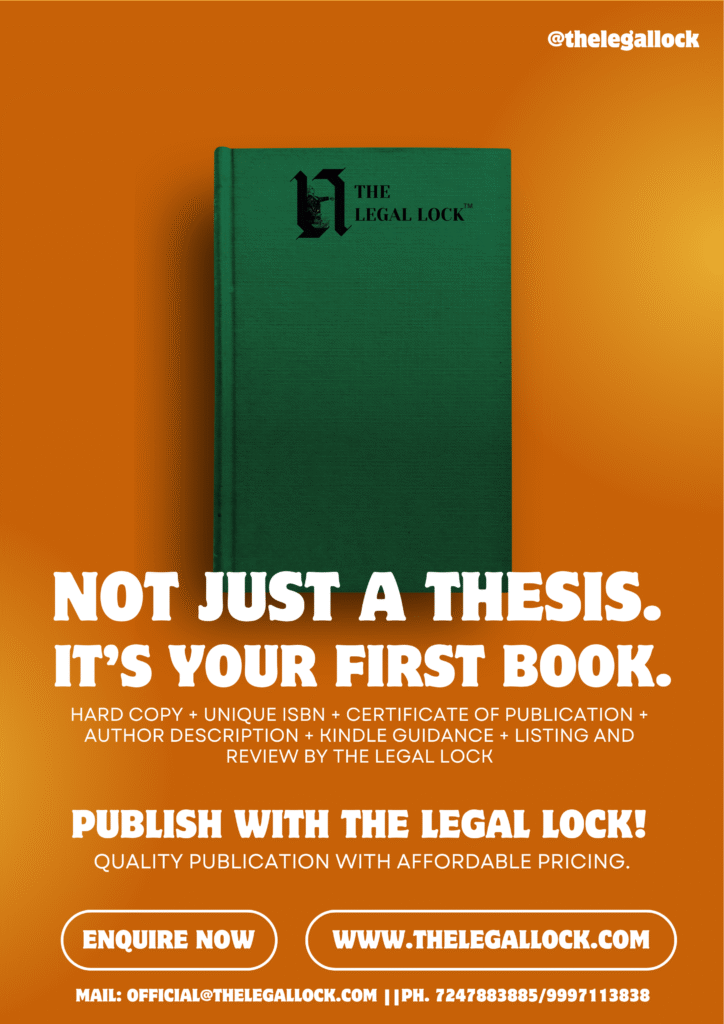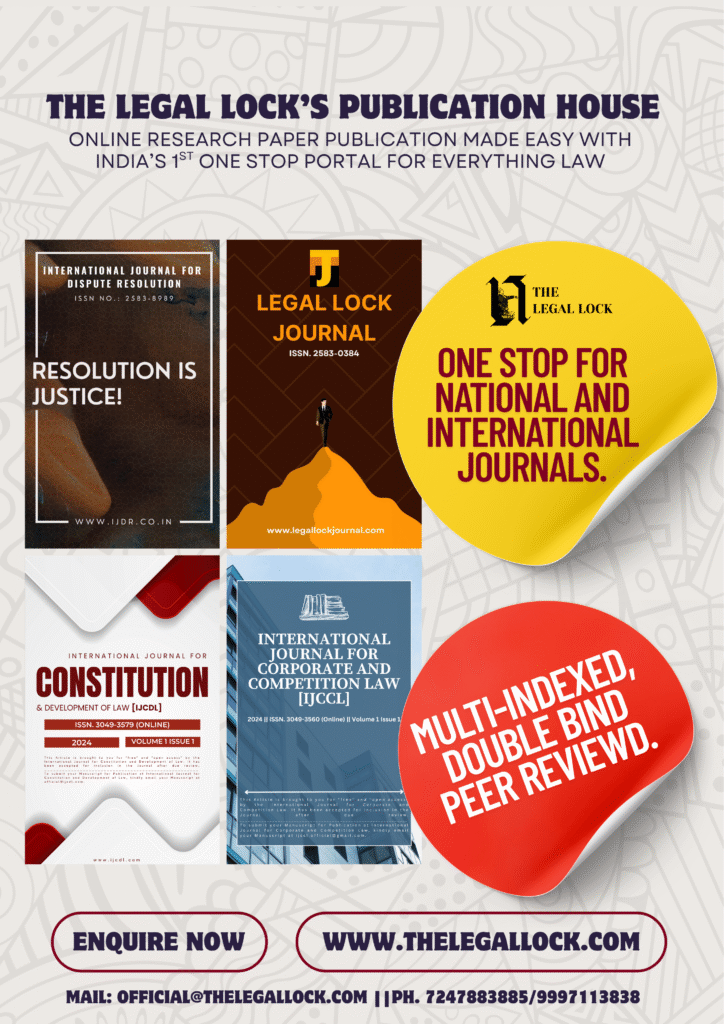China Taiwan Conflict & UN Peace Treaty

The article by LEGAL LOCK deals with the China Taiwan conflict, the role of the United States of America and the UN Peace Treaties.
INTRODUCTION
China has sent its largest-ever number of military aircraft in a single day into the international airspace surrounding Taiwan, with the island nation scrambling its fighter jets and deploying air defence missile systems in response.
The Taiwanese Ministry of National Defence said 28 People’s Liberation Army aircraft entered Taiwan’s air defence identification zone from the southwest on Tuesday. The aircraft included fighter jets and nuclear-capable bombers, and they flew in six distinct groups, according to a ministry news release and an accompanying graphic.
The fighter jets were comprised of 14 Shenyang J-16 multi-role strike aircraft and six J-11 interceptors, along with four Xi’an H-6 bombers. The remainder were electronic warfare, anti-submarine and airborne early warning aircraft. About three of these groups flew to the Western Pacific via the Bashi Channel, south of Taiwan, before turning back.
Taiwan has accused China of attempting to wear down its Air Force with regular flybys, with former Defense Minister Yen The-fa telling parliament in October 2020 that Taiwan flew 2,972 sorties against Chinese aircraft between January and October that year.
In Beijing, the spokesman of China’s Taiwan Affairs Office, Ma Xiaoguang, said the latest flybys were a response to “acts of collusion” between Taiwan and “foreign forces” in a bid to secure Taiwanese independence. China sees self-ruled Taiwan as a rogue province and has vowed to reincorporate the island with the mainland.
The flybys happened on the same day the U.S. Navy said a carrier group, led by the aircraft carrier Ronald Reagan, entered the South China Sea via the Bashi Channel. Citing a spokesman from the carrier group, Reuters reported the Navy did not have any interactions with the Chinese aircraft.
China has previously flown a large bomber force near Taiwan while a U.S. Navy carrier group was transiting the nearby waters.
The Wall Street Journal reported in February that one such force of H-6s carried out a “mock attack” on the Theodore Roosevelt Carrier Strike Group as the lead ship and its escorts transited the Bashi Channel.
INSIGHTS
Chinese military aircraft have frequently entered the southwest part of Taiwan’s ADIZ over the past year as the PLA has steadily picked up military activity around the democratically-ruled island.
Washington and Beijing have been issuing warnings to each other regarding Taiwan since President Joe Biden took office in January, adding to tensions that increased steadily during the Trump administration.
The most recent exchange emerged from the Group of Seven summit in the UK over the weekend as leaders, at Biden’s behest, expressed concerns over Taiwan as well as Xinjiang and Hong Kong
China responded by calling the US “very ill.”
China considers Taiwan as a breakaway province and has repeatedly threatened to take control of the island by military force if necessary to prevent Taipei from making a move toward formal independence.
Chinese Defense Ministry
The Chinese Defense Ministry said in April that the Liaoning aircraft carrier had carried out exercises near Taiwan and the navy would plan more drills.
“This big mission is a reminder that China has not renounced the use of force against Taiwan, and its size and composition broadcast Beijing’s willingness to actively confront, with military might, if necessary, anyone who opposes it,” said Mr Drew Thompson, a former official overseeing military-to-military relations for the US defence secretary, who is now a visiting senior research fellow at the National University of Singapore’s Lee Kuan Yew School of Public Policy.
Taiwan’s foreign ministry
Taiwan’s foreign ministry said in a statement Wednesday that peace and stability in the Strait are being “unilaterally, purposely sabotaged” and urged the Chinese government to end its military threat.
The “blind adherence” that Taiwan’s Democratic Progressive Party shows for independence “is the root cause of tensions in cross-strait relations,” Mr Ma Xiaoguang, spokesman for the Beijing office that handles matters related to Taiwan, said at a regular press briefing.
“We will never allow the DPP to regard our goodwill as an opportunity to seek independence, and will never allow anyone to separate Taiwan from China in any way,” Mr Ma added.
The government of President Tsai Ing-wen views Taiwan as an already de facto sovereign nation.
Earlier this month, a bipartisan US congressional delegation visited Taiwan prompting criticism from Chinese nationalists online.
China’s top diplomat, Yang Jiechi, urged the US to tread carefully on issues relating to Taiwan last week in a call with Secretary of State Antony Blinken.
So long as the PLA Air Force acts following international norms and agreements, the chances of an accident are small, Mr Thompson said.
“Should PLA planes operate recklessly – regardless of how justified Beijing feels about applying military pressure towards Taiwan or its neighbours – then the risk of an accident increases considerably,” he said.
Peace treaty under the United Nations
Since the end of World War II, United Nations Charter Article 2 restricts the use of military force. The UN Charter allows only two exceptions: “military measures by UN Security Council resolutions” and “exercise of self-defence” in countries subjected to armed attacks concerning the use of force by states.
Under the current UN system, war is triggered only by the enforcement of military measures under UN Security Council resolutions or the exercise of self-defence rights against illegal armed attacks.
Therefore, if the use of military force arises, it is called ‘international armed conflict’ instead of ‘war’. The fact that the current international law system avoids the use of the term ‘war’ also avoids the conclusion of a peace treaty based on the existence of war.
A peace treaty was not signed after the end of the Iraq War in 2003, and only the UN Security Council Resolution 1483, adopted on May 22, 2003, stipulated the post-war regime for the stability and security of Iraq exclusively.
Taiwan-China tension rising
China has been angered by stepped-up U.S. support for Taiwan, including two visits in as many months by top officials, one in August by Health Secretary Alex Azar and the other last week by Keith Krach, the undersecretary for economic affairs.
China sent numerous aircraft close to Taiwan during two days of drills from Friday, causing the island’s air force to scramble, as Beijing expressed anger at the visit of a senior U.S. official to Taipei.
China claims democratically-run Taiwan as its own territory, to be taken by force if needed, a threat the island has lived with since 1949, when defeated Kuomintang, or Nationalist, forces fled there after their defeat by the Communists in the Chinese civil war.
China has been angered by stepped-up U.S. support for Taiwan, including two visits in as many months by top officials, one in August by Health Secretary Alex Azar and the other last week by Keith Krach, the undersecretary for economic affairs.
In addition, the United States is planning major new arms sales to Taiwan. China views all these steps as effectively being U.S. support for Taiwan independence, with the eventual establishment of a Republic of Taiwan, a red line for Beijing.
Taiwan President Tsai Ing-wen says the island is already an independent country called the Republic of China, its formal name, and that the People’s Republic of China has never ruled Taiwan and has no right to.
China calls Taiwan its most important and sensitive issue in U.S. ties. For China’s ruling Communist Party, Taiwan is the last part of the nation still awaiting “liberation” after the 1949 victory, adding an extra historical significance.
While China could easily overwhelm Taiwan with missiles and air attacks, it has other options to bring the island to its knees, such as cyberattacks to take down basic infrastructure, or a naval blockade to force surrender.
Whatever happens, the reaction of the United States will be crucial.








